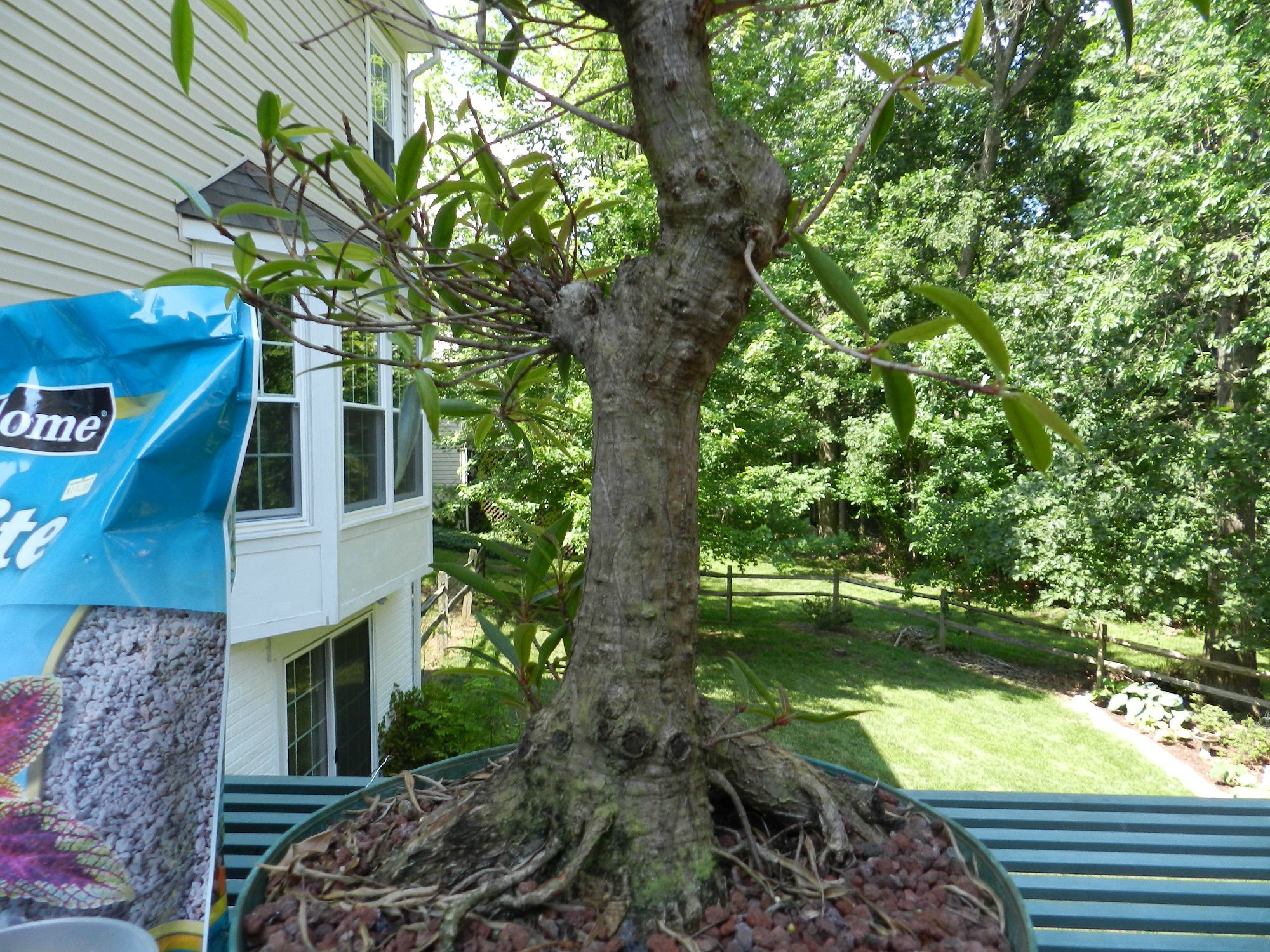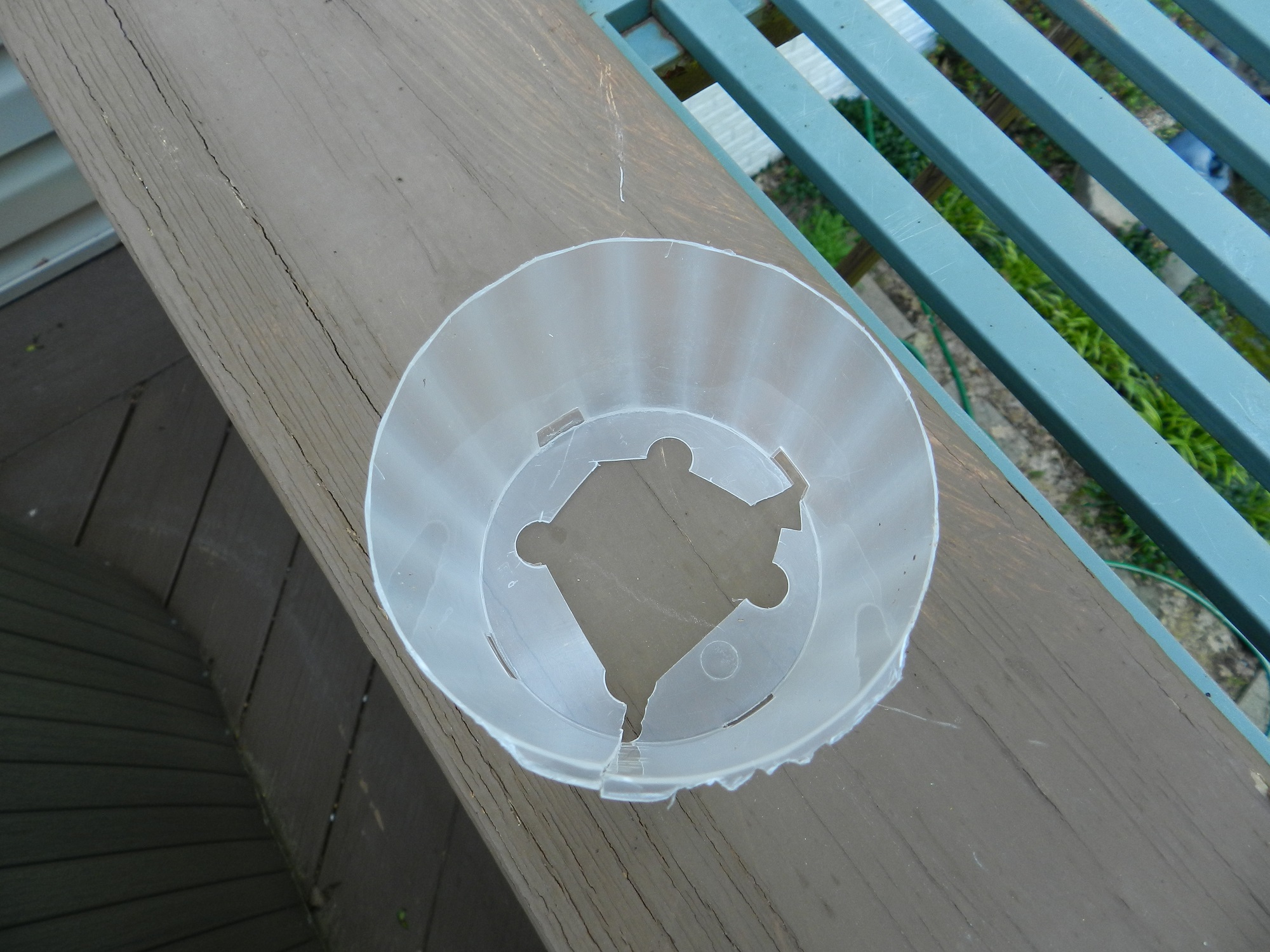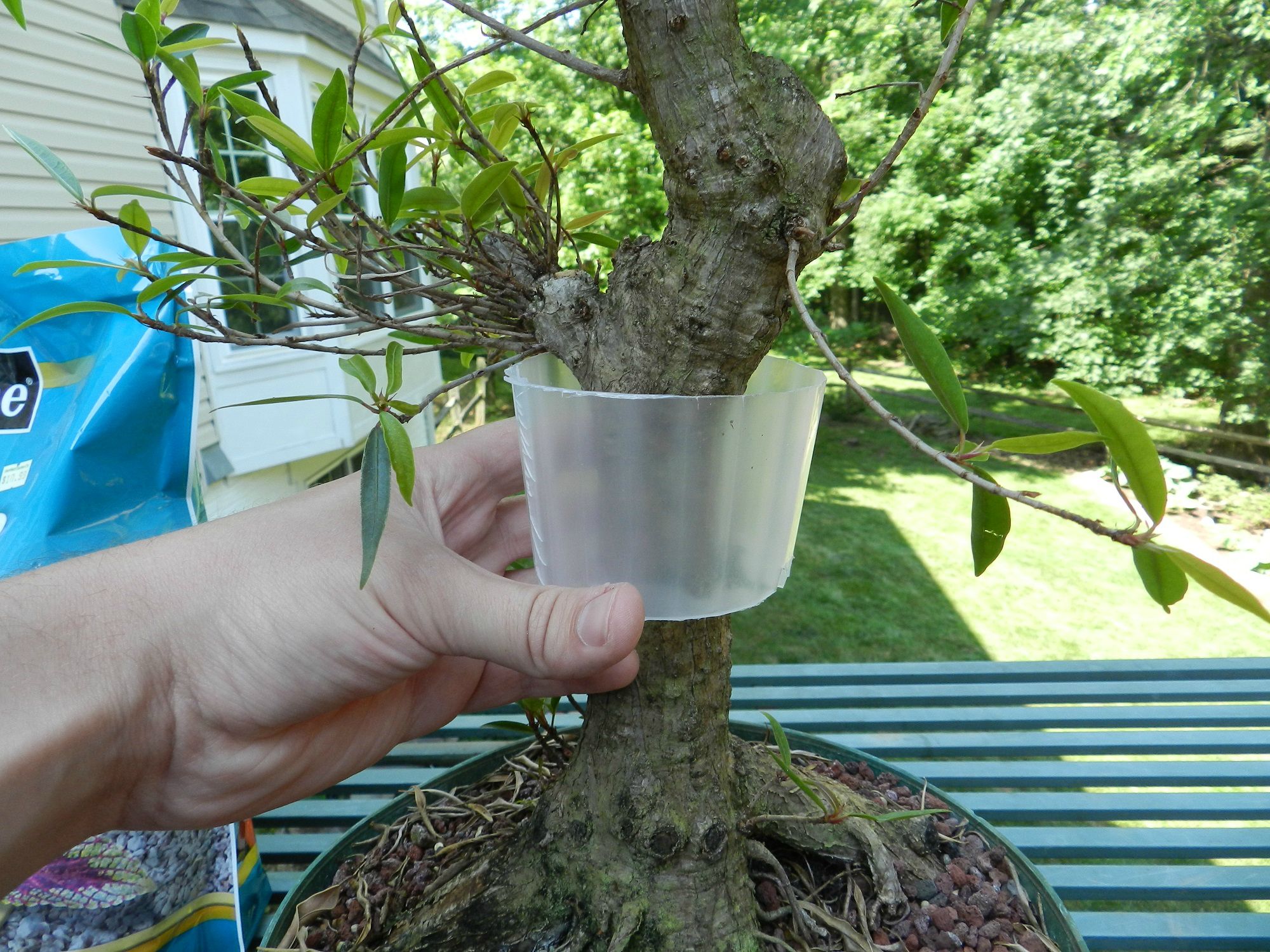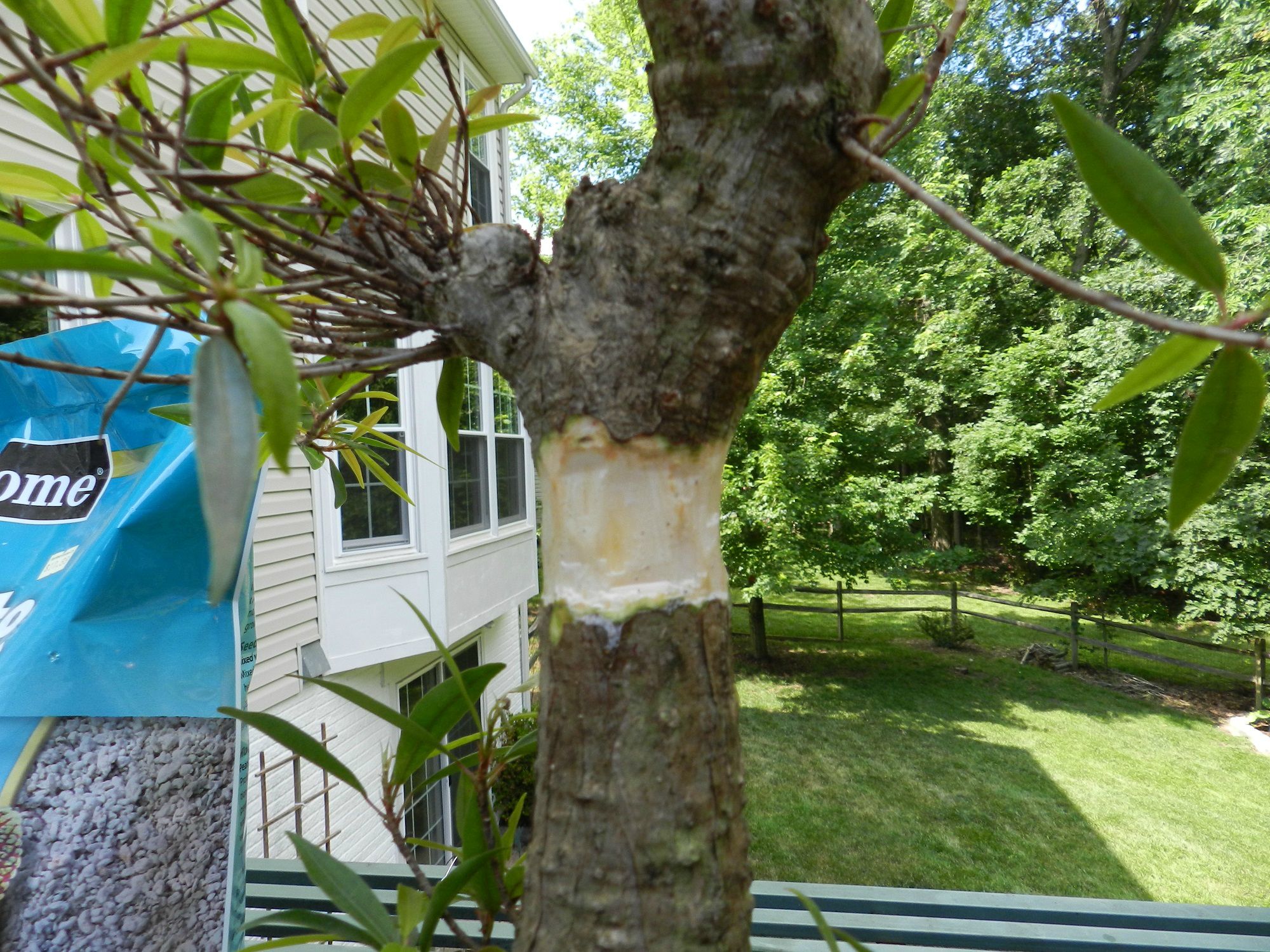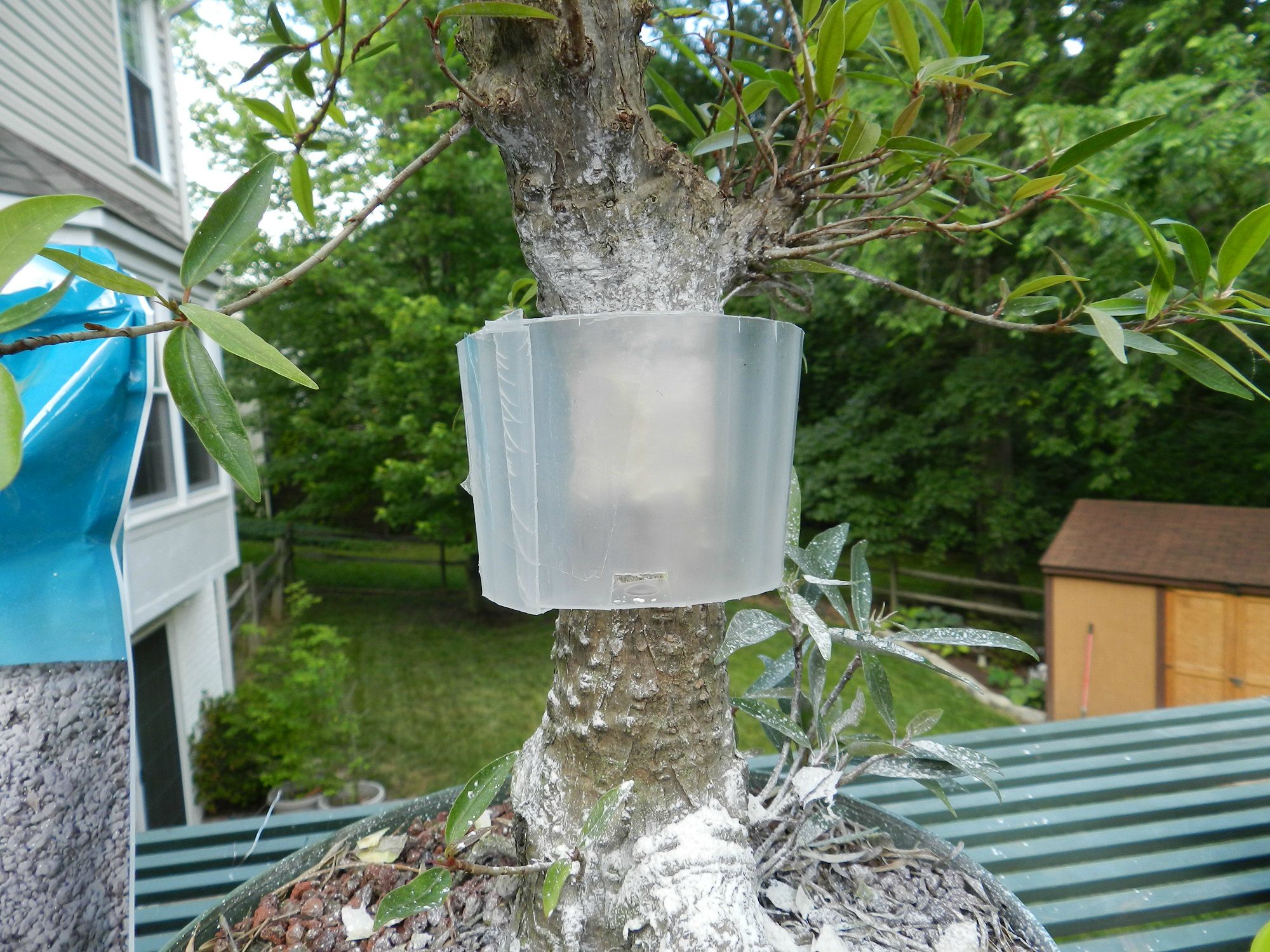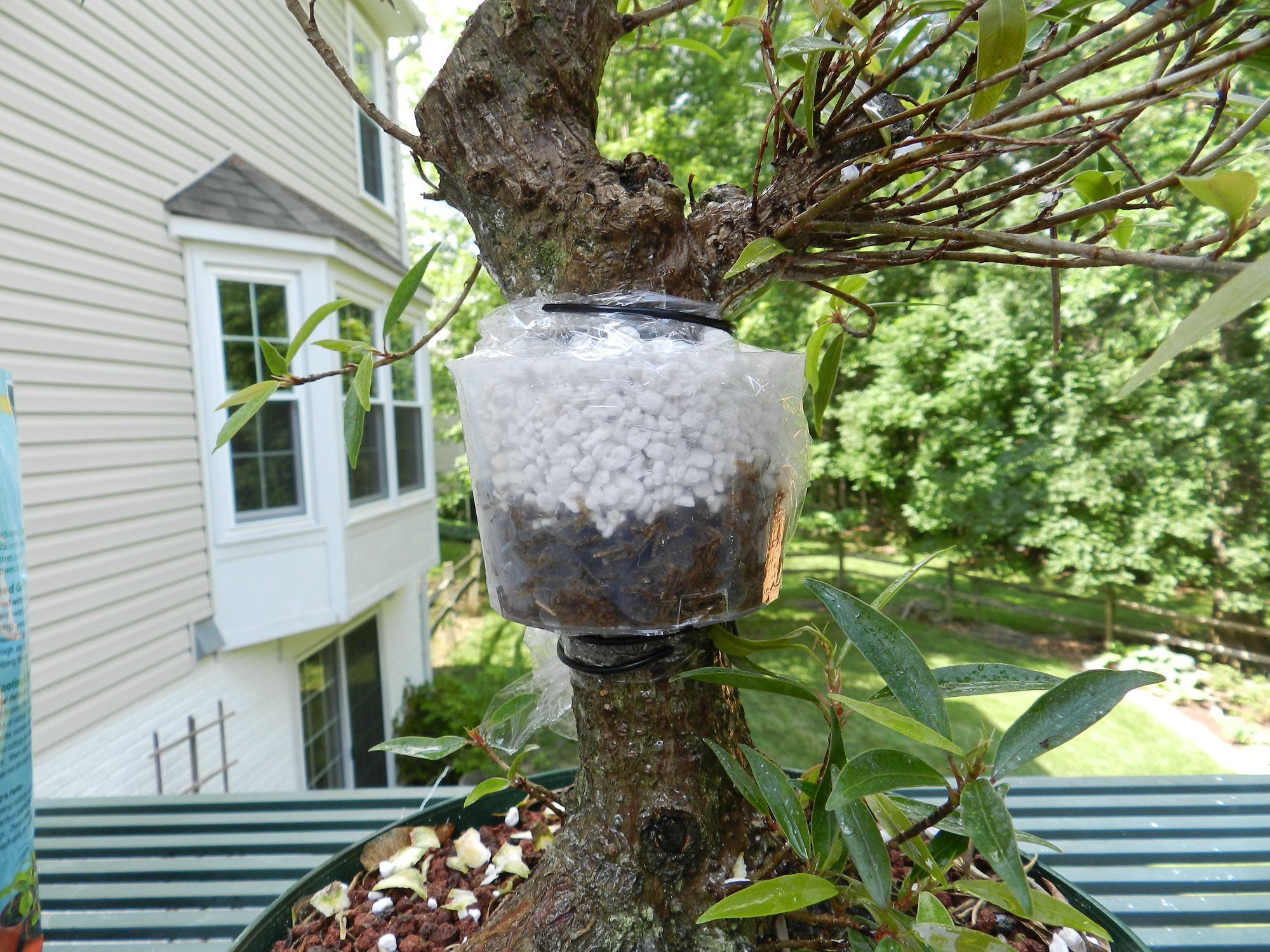Redwood Ryan
Masterpiece
Hi everyone!
I've got a Ficus that I'd like to airlayer here in the next few days. I've typically done the usual airlayer technique, where you just create a ball of sphagnum and the roots grow out and down. However, I'm trying to find other ways to airlayer that allows for the future nebari to grow out horizontally instead of downward. I had read Sorce's "Radialayer" thread, but just wanted to see if there were any other ways of creating great nebari on an airlayer before it's separated. So, any techniques you all have used?
Tree to be airlayered is this one:
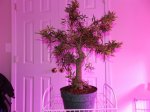
I've got a Ficus that I'd like to airlayer here in the next few days. I've typically done the usual airlayer technique, where you just create a ball of sphagnum and the roots grow out and down. However, I'm trying to find other ways to airlayer that allows for the future nebari to grow out horizontally instead of downward. I had read Sorce's "Radialayer" thread, but just wanted to see if there were any other ways of creating great nebari on an airlayer before it's separated. So, any techniques you all have used?
Tree to be airlayered is this one:


